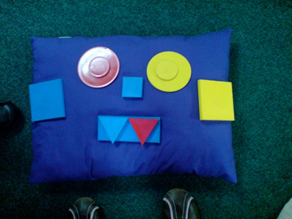9.6: Guiding Principles for Supporting Math
The following principles will guide teachers’ classroom practices in establishing a high-quality, challenging, and sensitive early mathematics preschool program. These principles are partially based on the ten recommendations in Early Childhood Mathematics: Promoting Good Beginnings set forth by the National Association for the Education of Young Children and NCTM in 2002.
· Build on preschool children’s natural interest in mathematics and their intuitive and informal mathematical knowledge
· Encourage inquiry and exploration to foster problem solving and mathematical reasoning
· Use everyday activities as natural vehicles for developing preschool children’s mathematical knowledge
· Introduce mathematical concepts through intentionally planned experiences (in addition to what they spontaneously engage in)
· Provide a mathematically rich environment
· Provide an environment rich in language, and introduce preschool children to the language of mathematics
· Support English learners in developing mathematical knowledge as they concurrently acquire English
· Observe children to discover opportunities to clarify, extend, and reinforce their existing mathematical concepts and to help them discover new mathematical concepts
· Provide an environment in which all children can learn mathematics, set appropriately high expectations for all children, and support individual growth
· Establish a partnership with parents and other caregivers in supporting children’s learning of mathematics[1]

- The California Preschool Curriculum Framework, Volume 1 by the California Department of Education is used with permission ↵

